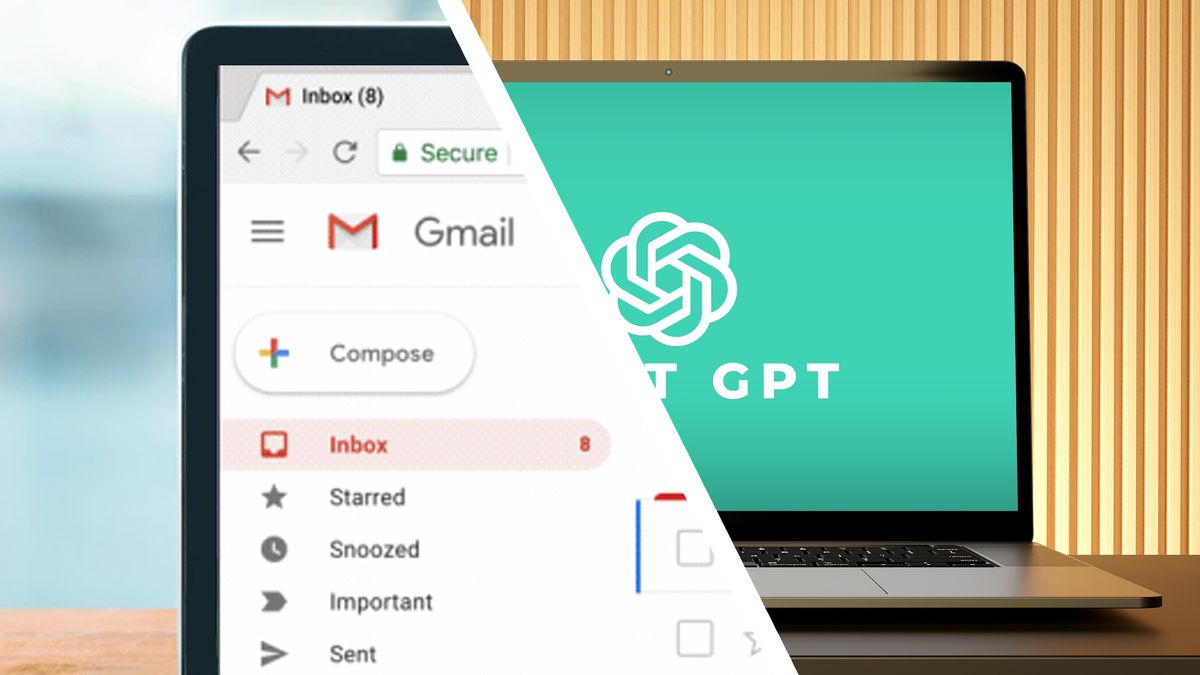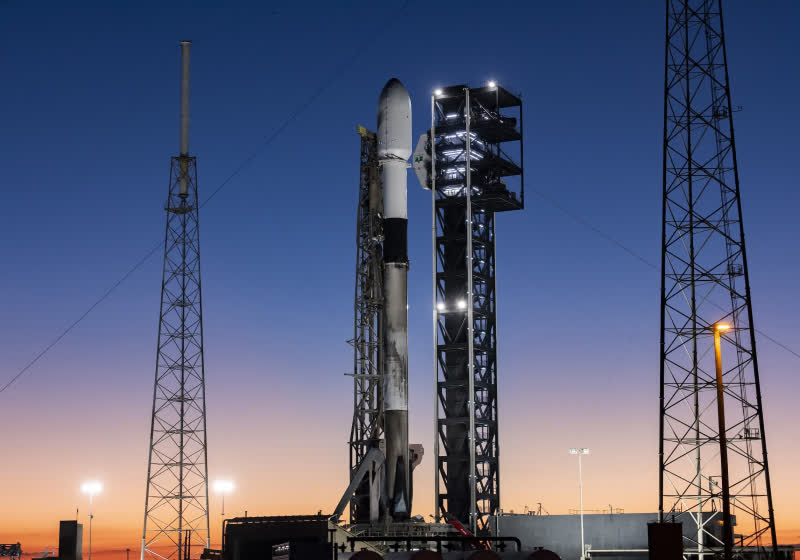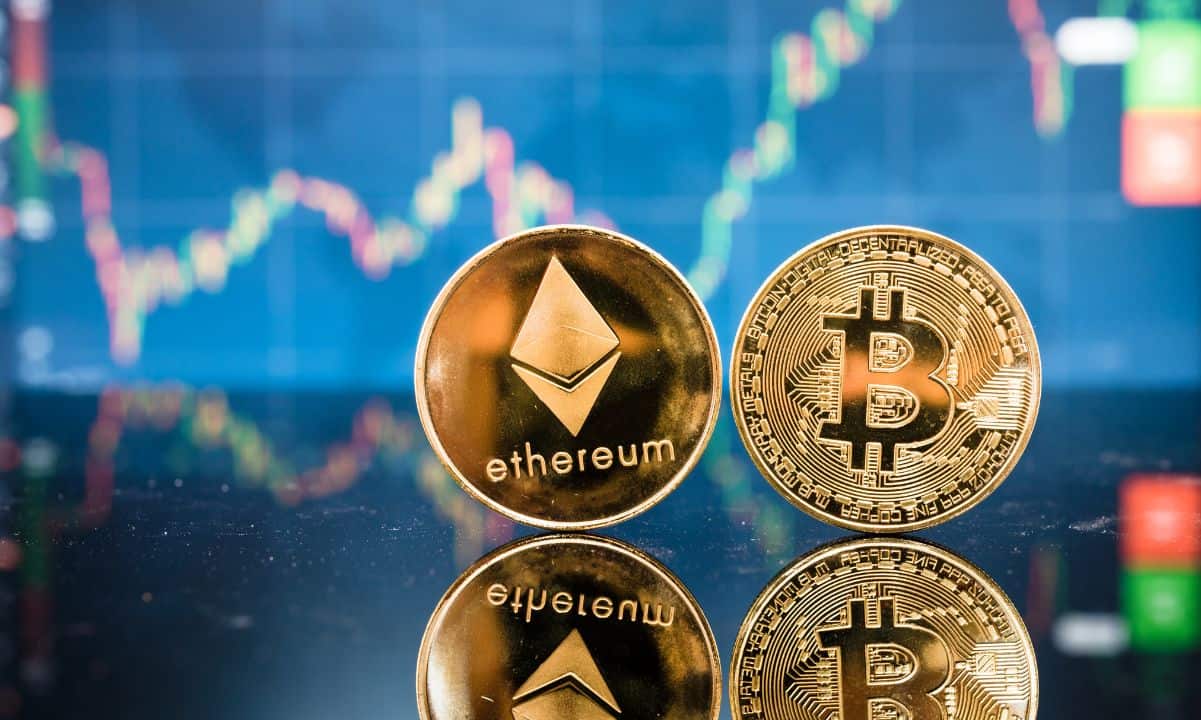Welcome to Show the Receipts, a series where we ask interesting people to share exactly how much it costs to get shit done. No matter the task, we're tracking every last dollar from start to finish. Up next: the out-of-pocket costs of having breast cancer.
Between her work as a nurse practitioner and multiple diagnoses, Nicole Seagriff knows a lot about breast cancer. Seagriff was diagnosed with the disease in 2012 and again in 2020, leading her on a very expensive health journey.
"I feel so fortunate that I had health insurance," says the 39-year-old breast cancer advocate for National Breast Cancer Coalition and president of The Pink Agenda. But Seagriff also faced the fees no one talks about: medical costs not covered by insurance, and additional fees for things like like fertility and hair preservation.
About one in eight women will be diagnosed with breast cancer in their lifetime, making the financial burden of the disease a reality for many. "We don't talk about the financial toxicity with breast cancer enough," Seagill says. "You fight so hard to make it through treatment and you want so badly to go back to normal life. But your savings have taken a hit or you have to pay back loans. It's a lot."
Every person's journey with breast cancer is different, but here's the full price breakdown of what Seagill experienced over two serious health journeys.
Task: Surviving breast cancer — twice
Job: Nurse practitioner
Location: Connecticut
Timeline: Eight years
The Receipts
Diagnostic testing: $3,839
Doctor's visits: $2,514
Mastectomy: $3,500
Reconstructive surgery: $1,500
Surgery to replace implants: $1,500
Chemotherapy: $910
Radiation: $6,000
Fertility preservation: $16,124
Annual egg storage: $1,000 (x 8 years)
Hair preservation: $1,610
Annual hormone suppressive medication: $1,024 (x 5 years)
Total: $50,617
How I Did It
Seagriff has been through the diagnostic and treatment process for breast cancer twice, but each experience has been unique. Here's how her journey unfolded, plus the costs she faced along the way.
PS: How was your first breast cancer diagnosed?
Nicole Seagriff: I view my first breast cancer diagnosis as the ultimate success case. Most of the women in my mom's family have either been diagnosed with breast cancer or died young because of the disease. I followed all of the protocols, knowing that I was high risk. I got genetic testing in 2012, which found I had a BRCA-2 genetic mutation. I met with a high-risk oncologist who ordered an MRI. The MRI found the cancer.
PS: What was your reaction like to learning you had breast cancer?
NS: I wasn't shocked that I had a genetic risk, but I was absolutely blindsided that I had breast cancer at 26. I kept missing calls from the oncologist who had my MRI results because I was taking care of other patients in my job as a nurse practitioner. I got this phone call where, in an instant, I was transformed from a healthcare provider to a patient. I was diagnosed with stage 1 breast cancer.
PS: What happened with your treatment?
NS: I was told that I had an 89 percent chance of the cancer coming back a second time, so I decided to have a double mastectomy. That was no light decision, though. I want to have children some day and the idea of breastfeeding was important to me. It took me years afterward to be able to walk down a formula aisle in the grocery store and not tear up. But I almost never doubt my decision.
PS: What was the recovery like for you the first time around?
NS: I was in the hospital for one night, which is fairly standard for the type of mastectomy that I had. I had a removal of the breast tissues, and then had expanders placed in. These create space to put in an implant.
I was out of work for about four to five weeks. During that time, I had to go to the doctor to have the expanders filled with fluid. This stretches the muscles in the chest to make room for an implant. I was very sore and had to learn to use the muscles in my chest again. Day by day, week by week, I could see that I was regaining movement in my arms again. I had my reconstruction surgery four months later.
PS: How was your second breast cancer detected?
NS: It was the summer of 2020 and I had just come back from hiking Mount Kilimanjaro. I was in peak physical fitness and I felt great. But I remember reaching for something and I felt a bump over my implant when my arm brushed my chest. I had a flashback to when I asked my medical team how I would know if my cancer had come back — they said I would feel it and see it because it would sit on top of the implant. I lifted my shirt and could see a lump that wasn't there before. My blood ran cold. I knew this was not good.
At first, I thought that maybe I had ruptured my implant, and my plastic surgeon initially did, too. My cancer wasn't supposed to come back. But a biopsy revealed that it had. At the time, it was the height of the pandemic. There was so much fear and uncertainty already. I remember saying to my oncologist, "I don't know how I'm going to be able to do this." And she said, "you're just going to do it."
PS: What was the treatment like the second time?
NS: My medical team decided that my cancer was more likely to respond to chemotherapy this time. They gave me what's called the "red devil" chemotherapy, which is another word for doxorubicin. I did 14 rounds of that. I also had 30 rounds of radiation, where I went every day.
I had to go to the treatments alone because of the pandemic. I'm thankful that no one ever asked for a co-pay when I was there. I think that was intentional because this is such an emotional process. When I looked through bills later, chemotherapy cost anywhere from $6,000 to $22,832 per session, but I paid about $65 per session after insurance coverage.
They also had to remove my implant and, this time, I had an expander put in for almost a year because of the chemotherapy and radiation.
PS: Did you have any other treatments during this time?
NS: I took an anti-nausea medicine that I saw was billed through insurance for $12,000, although my insurance covered most of it. I also had hair preservation treatments, where you wear a cap that essentially freezes your head for hours at a time. It was torture. I paid a lot of money out of pocket to absolutely torture myself. I still lost the majority of my hair, but I don't regret it because I felt like I was trying to help support something that was important to me.
I also underwent fertility preservation before I started chemotherapy, because chemotherapy can make people infertile or have really bad reproductive challenges. My insurance doesn't pay for me to freeze my eggs, so that was all out of pocket — more than $16,000 total. It also costs $1,000 a year to keep the eggs frozen.
PS: Where do things stand for you now?
NS: I finished chemotherapy and radiation in the middle of February 2021. I'm still on medication to suppress my estrogen, because my cancer is responsive to estrogen. I get an injection every three to five months, which is expensive.
I don't have screening mammograms now — I was told that it "doesn't change outcomes." Instead, I get very thorough breast exams when I see my oncologist for followup visits. I was also told to look out for bad headaches and joint pain, which would be a sign that the cancer has spread. Ironically, the medication that I'm on has those symptoms.
Final Thoughts
Seagriff has used her personal experience to do advocacy work, including helping to raise money for breast cancer research. But she reiterates how grateful she is to have had health insurance coverage throughout her journey. "I don't know how people would be able to afford this without insurance," she says.
Korin Miller is a writer specializing in general wellness, health, and lifestyle trends. Her work has appeared in Women's Health, Self, Health, Forbes, and more.

 7 months ago
88
7 months ago
88






 English (US) ·
English (US) ·